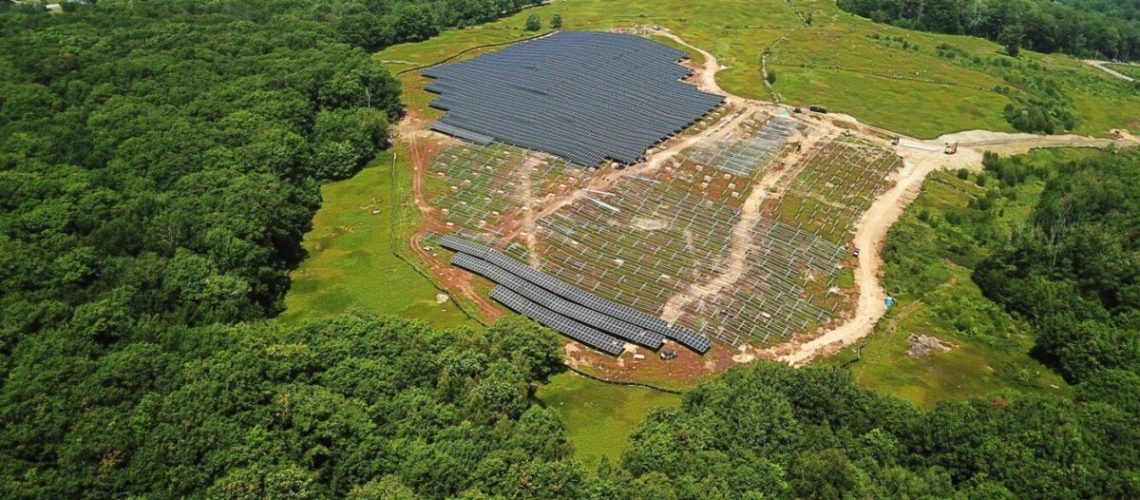Small-scale PV additions last year exceeded additions in 2021 by 1 GW, and additions in 2020 by 2 GW.
Solar construction crews added 6.4 GW of rooftop and other small-scale solar across the U.S. last year, according to preliminary data from the U.S. Department of Energy’s Energy Information Administration (EIA). The EIA defines small-scale solar as projects smaller than 1 MW.
The 6.4 GW of installations nationwide exceeded installations of 5.4 GW in 2021 and 4.4 GW in 2020.
Maine added the most small-scale PV relative to its population, adding 132 watts of capacity per person. Next was California at 52 watts per person, followed by Nevada, Rhode Island, New Jersey and Florida, all adding at least 30 watts per person.
Southeast
Thirteen Southeastern states added just over 1 GW of small-scale solar last year, for a 57% gain over the previous year.
Florida led the way, with installations nearly doubling over those in 2021. As in past years, EIA was unable to obtain meaningful data for Alabama and Georgia.
Midwest and Northern Tier
Thirteen states in this region added 675 MW of small-scale solar, representing a 6% decline from 2021.
Oregon led the way by adding 18 watts of small-scale PV per person, overtaking last year’s leaders, Illinois and Idaho.

Ten Sunniest States
The ten sunniest states added 3.3 GW of small-scale PV last year, representing a 14% gain over the previous year, and accounting for more than half of the additions nationwide.
Hawaii retains the lead in cumulative small-scale PV per person, at 541 watts per person, followed by California at 364 watts per person.




